Home>Furniture & Design>Bathroom Accessories>How Does A Bathtub Overflow Drain Work?
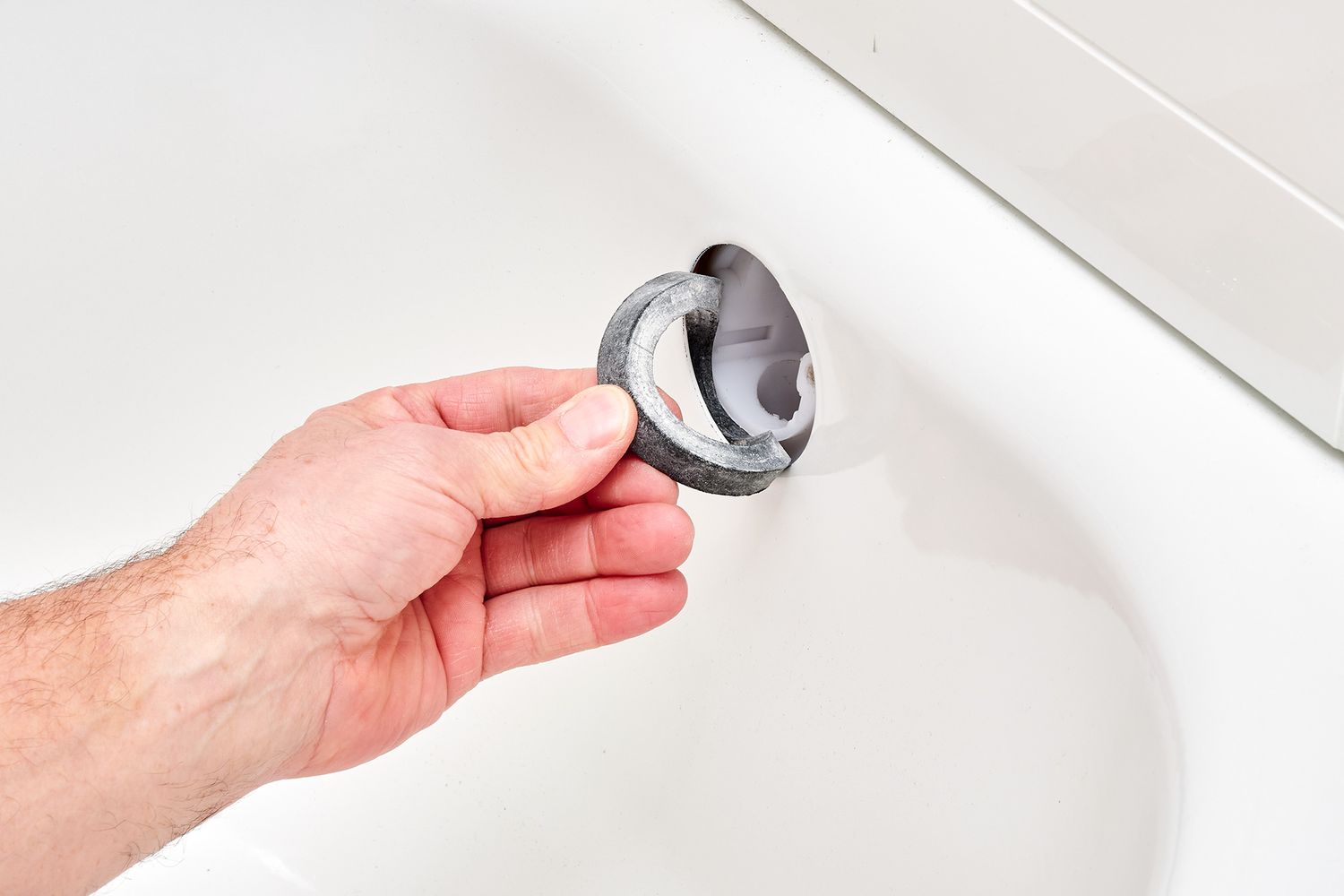

Bathroom Accessories
How Does A Bathtub Overflow Drain Work?
Modified: May 6, 2024
Discover how bathtub overflow drains function and the importance of these bathroom accessories for preventing water overflow. Learn how to maintain and troubleshoot bathtub overflow drains.
(Many of the links in this article redirect to a specific reviewed product. Your purchase of these products through affiliate links helps to generate commission for Storables.com, at no extra cost. Learn more)
Introduction
The bathtub overflow drain is a crucial yet often overlooked component of a bathroom. While many people are familiar with the primary drain in the bottom of the tub, the overflow drain serves a distinct and essential purpose. Understanding how the bathtub overflow drain works and its significance can help homeowners maintain their plumbing systems and prevent potential issues.
The overflow drain is located near the top of the bathtub, typically positioned just below the faucet. Its purpose is to prevent water from spilling over the edge of the tub when it is filled to capacity. This feature offers a safeguard against accidental overflows, providing peace of mind and preventing water damage in the bathroom.
While the primary drain allows water to exit the tub when it is emptied, the overflow drain serves as a backup, ensuring that excess water is redirected to the main drain if the water level rises too high. This mechanism is especially valuable for households with young children who may inadvertently leave the water running or for individuals who simply want to relax in the tub without worrying about potential flooding.
Understanding the role of the bathtub overflow drain is essential for maintaining a functional and safe bathroom environment. In the following sections, we will delve into the specific workings of the overflow drain, common issues that may arise, and how to address them effectively. By gaining insight into this often overlooked component, homeowners can ensure the optimal performance of their bathtub and plumbing system.
Key Takeaways:
- The bathtub overflow drain prevents water from spilling over, acting as a safety valve. It’s like a backup plan for when the tub gets too full, keeping the bathroom dry and safe.
- Regular maintenance of the overflow drain is crucial to prevent clogging, leakage, and odor. Just like cleaning your room, keeping the drain clear ensures a fresh and safe bathing experience.
Read more: How To Replace Overflow Drain On A Bathtub
The Purpose of a Bathtub Overflow Drain
The bathtub overflow drain serves a vital purpose in preventing water from spilling over the edge of the tub. When a bathtub is filled with water, there is always a risk of overflow, especially if the user becomes distracted or forgets to monitor the water level. This is where the overflow drain comes into play, providing a crucial safety feature to mitigate potential water damage and safety hazards.
The primary function of the overflow drain is to redirect excess water back into the main drain, thus preventing an overflow situation. Positioned just below the faucet and near the top of the bathtub, the overflow drain acts as a secondary outlet for water. In the event that the water level rises above a certain point, instead of spilling over the edge and onto the bathroom floor, the water is directed into the overflow drain and back into the plumbing system.
This mechanism offers peace of mind to individuals using the bathtub, particularly parents with young children. Accidental overflows can be a common occurrence in households with little ones, and the presence of the overflow drain provides an added layer of protection against potential flooding. Additionally, for those who enjoy a relaxing soak in the tub, the overflow drain ensures that they can unwind without the need to constantly monitor the water level.
In essence, the bathtub overflow drain acts as a safeguard, preventing water from reaching a critical point where it could cause damage or pose a safety risk. By understanding the purpose of the overflow drain, homeowners can appreciate its role in maintaining a secure and functional bathroom environment. This knowledge also underscores the importance of ensuring that the overflow drain is properly maintained and free from any obstructions that could impede its effectiveness.
The significance of the bathtub overflow drain cannot be overstated, as it contributes to the overall safety and convenience of using a bathtub. In the subsequent sections, we will explore the inner workings of the overflow drain and common issues that may arise, shedding light on how homeowners can address these concerns to maintain a reliable plumbing system.
How the Bathtub Overflow Drain Works
The operation of a bathtub overflow drain is a testament to the ingenuity of plumbing design. When the bathtub is filled with water, the overflow drain remains inactive, allowing the water to reach a certain level before coming into play. Positioned just below the faucet and near the top of the tub, the overflow drain is equipped with a small opening that serves as a secondary outlet for water.
As the water level rises during filling, it eventually reaches the opening of the overflow drain. At this point, instead of spilling over the edge of the tub, the excess water is diverted into the overflow drain. This redirection is made possible by a connecting pipe that channels the water back into the main drain, effectively preventing an overflow situation.
The overflow drain essentially acts as a safety valve, ensuring that water does not surpass a certain threshold. By providing an alternate pathway for excess water, it mitigates the risk of flooding and water damage in the bathroom. This mechanism is particularly valuable in households with young children or individuals who may be prone to forgetting to monitor the water level while the tub is filling.
The design of the overflow drain is a testament to its practicality and effectiveness. It offers a simple yet reliable solution to a common problem, allowing individuals to enjoy a relaxing bath without the worry of potential overflows. Additionally, the presence of the overflow drain underscores the thoughtful consideration given to safety and convenience in bathroom design.
In essence, the bathtub overflow drain works seamlessly to maintain a safe and controlled water level in the tub. Its unobtrusive nature belies its crucial role in preventing water-related mishaps, highlighting the importance of this often overlooked component in the overall functionality of a bathtub and plumbing system. Understanding how the overflow drain operates empowers homeowners to appreciate its significance and take proactive measures to ensure its continued effectiveness.
Make sure to regularly check and clean the overflow drain to prevent clogs. Use a mixture of vinegar and baking soda to keep it clear and flowing smoothly.
Common Issues with Bathtub Overflow Drains
Over time, bathtub overflow drains may encounter various issues that can compromise their functionality. It is essential for homeowners to be aware of these common issues and take proactive measures to address them effectively.
-
Clogging: One of the most prevalent issues with bathtub overflow drains is the accumulation of debris and grime, leading to clogging. Hair, soap scum, and other particles can gradually build up in the overflow drain, impeding the flow of water and potentially causing overflows. Regular cleaning and maintenance are crucial to prevent clogging and ensure that the overflow drain remains unobstructed.
-
Leakage: Over time, the gasket or seal around the overflow drain cover may deteriorate, resulting in leakage. This can lead to water seepage into the underlying structure of the bathtub, causing damage and mold growth. Inspecting the gasket and promptly replacing it when signs of wear are observed can help prevent leakage issues.
-
Corrosion: The metal components of the overflow drain, including the cover and connecting pipe, are susceptible to corrosion due to constant exposure to water. Corrosion can weaken the structural integrity of the overflow drain, leading to potential leaks and reduced effectiveness. Regular inspection and maintenance, including applying rust-resistant coatings, can help mitigate corrosion-related issues.
-
Ineffective Drainage: If the overflow drain is not properly aligned or installed, it may result in ineffective drainage. This can lead to water pooling near the overflow opening, creating unsightly and unhygienic conditions. Ensuring that the overflow drain is correctly positioned and free from obstructions is essential to maintain efficient drainage.
-
Odor: Accumulated debris and stagnant water in the overflow drain can contribute to unpleasant odors emanating from the bathtub. This can detract from the overall bathing experience and indicate underlying hygiene issues. Regular cleaning and flushing of the overflow drain can help alleviate odor problems and maintain a fresh bathroom environment.
By being mindful of these common issues and taking proactive steps to address them, homeowners can ensure that their bathtub overflow drains remain in optimal condition. Regular maintenance, inspection, and prompt resolution of any issues are key to preserving the functionality and effectiveness of the overflow drain, contributing to a safe and enjoyable bathing experience.
Conclusion
In conclusion, the bathtub overflow drain plays a pivotal role in maintaining a safe and functional bathroom environment. Its purpose, as a secondary outlet for water, serves as a crucial safeguard against potential overflows, water damage, and safety hazards. By understanding the inner workings of the overflow drain and the common issues that may arise, homeowners can take proactive measures to ensure its optimal performance.
The significance of the overflow drain extends beyond its practical function; it embodies the thoughtful consideration given to safety and convenience in bathroom design. Its unobtrusive presence belies its critical role in preventing water-related mishaps, providing peace of mind to individuals using the bathtub, particularly parents with young children.
To maintain the effectiveness of the bathtub overflow drain, regular maintenance and inspection are essential. Addressing common issues such as clogging, leakage, corrosion, ineffective drainage, and odor through proactive measures can help preserve the functionality of the overflow drain and contribute to a safe and enjoyable bathing experience.
By appreciating the purpose and operation of the overflow drain, homeowners can cultivate a deeper understanding of their plumbing system and take proactive steps to ensure its reliability. This knowledge empowers individuals to maintain a secure and functional bathroom environment, enhancing the overall quality of home living.
In essence, the bathtub overflow drain stands as a testament to the seamless integration of practicality and safety in bathroom design. Its unassuming presence offers reassurance and convenience, allowing individuals to indulge in a relaxing bath without the worry of potential overflows. As an integral component of the plumbing system, the overflow drain exemplifies the harmonious balance between form and function, contributing to a well-rounded and secure bathing experience for homeowners.
Curious about upgrading your bathroom? After understanding how bathtub overflow drains prevent mishaps, consider learning about the timeframe for a complete bathroom makeover. Navigating through a bathroom renovation often brings up questions about duration and planning. Our article on this topic offers insights into what to expect and how to prepare for changes in your bathroom's appearance and functionality.
Frequently Asked Questions about How Does A Bathtub Overflow Drain Work?
Was this page helpful?
At Storables.com, we guarantee accurate and reliable information. Our content, validated by Expert Board Contributors, is crafted following stringent Editorial Policies. We're committed to providing you with well-researched, expert-backed insights for all your informational needs.
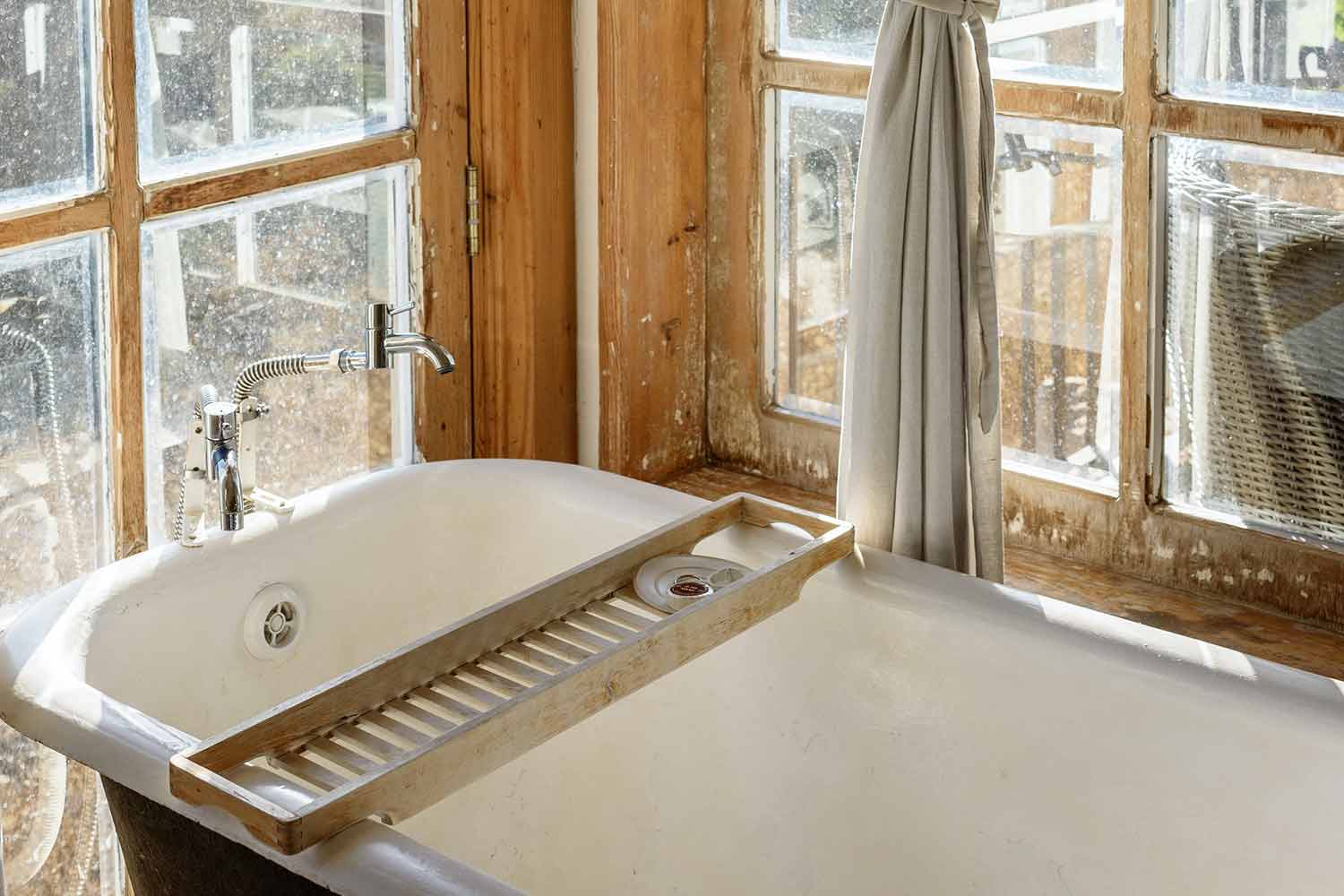
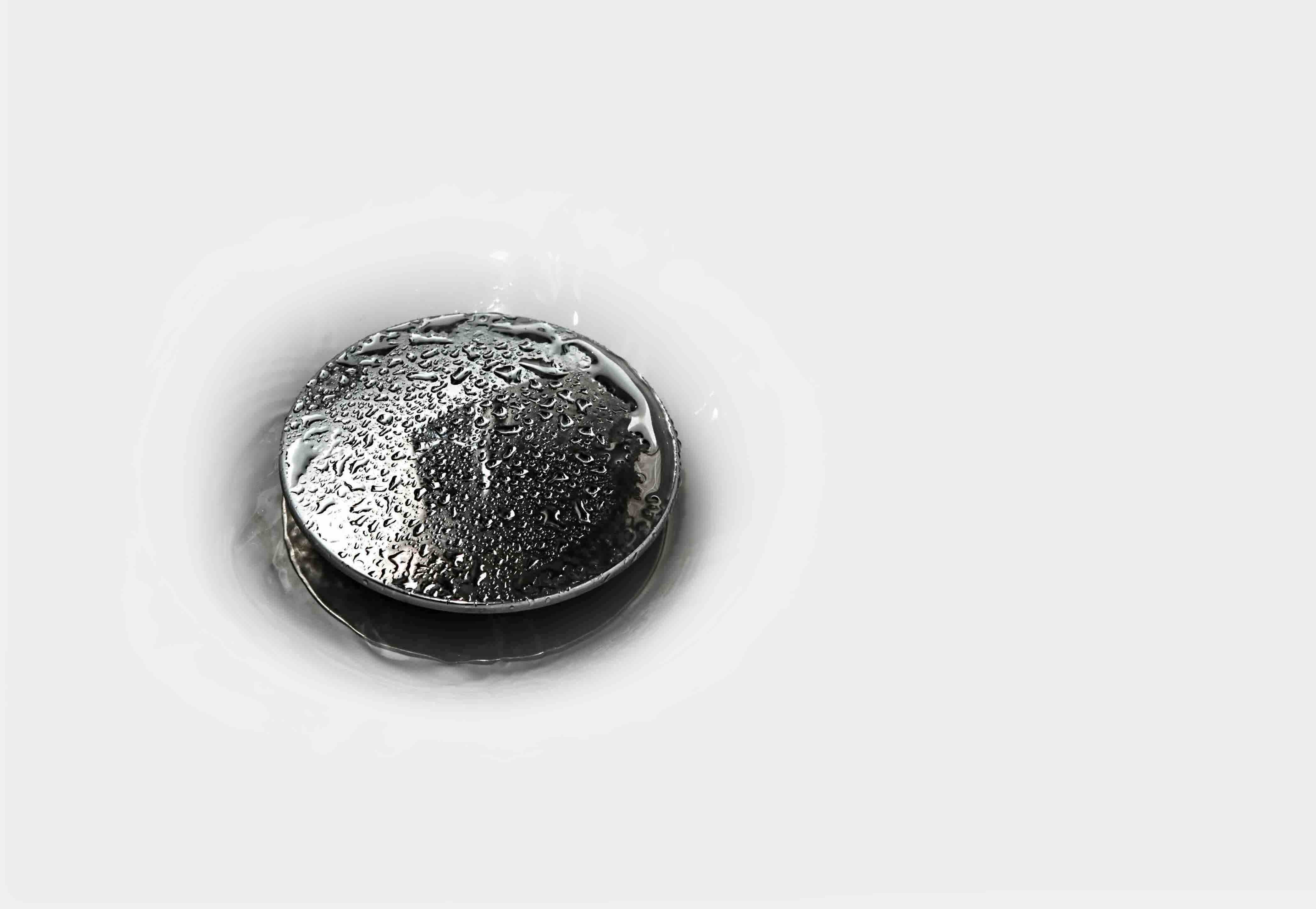

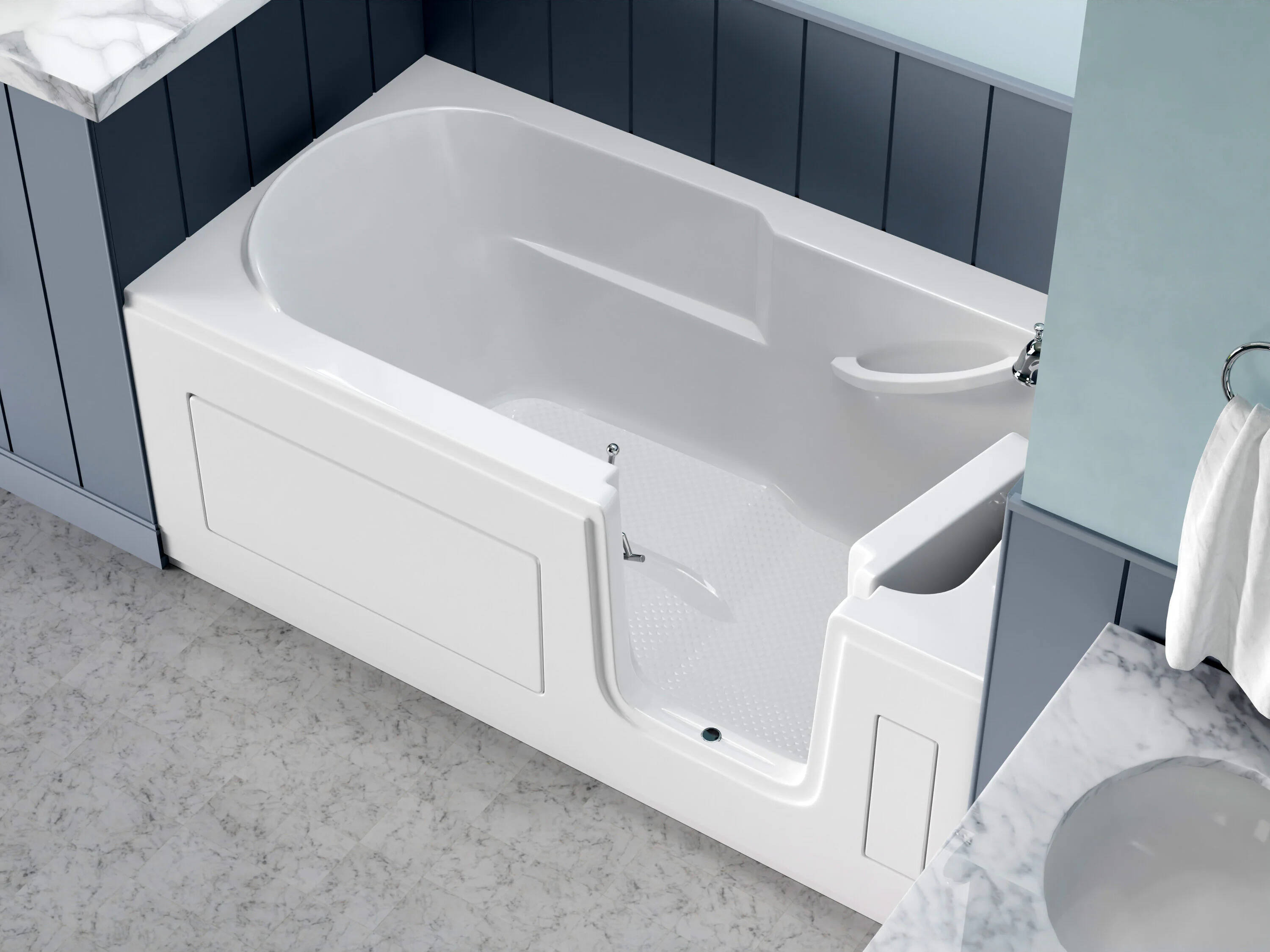
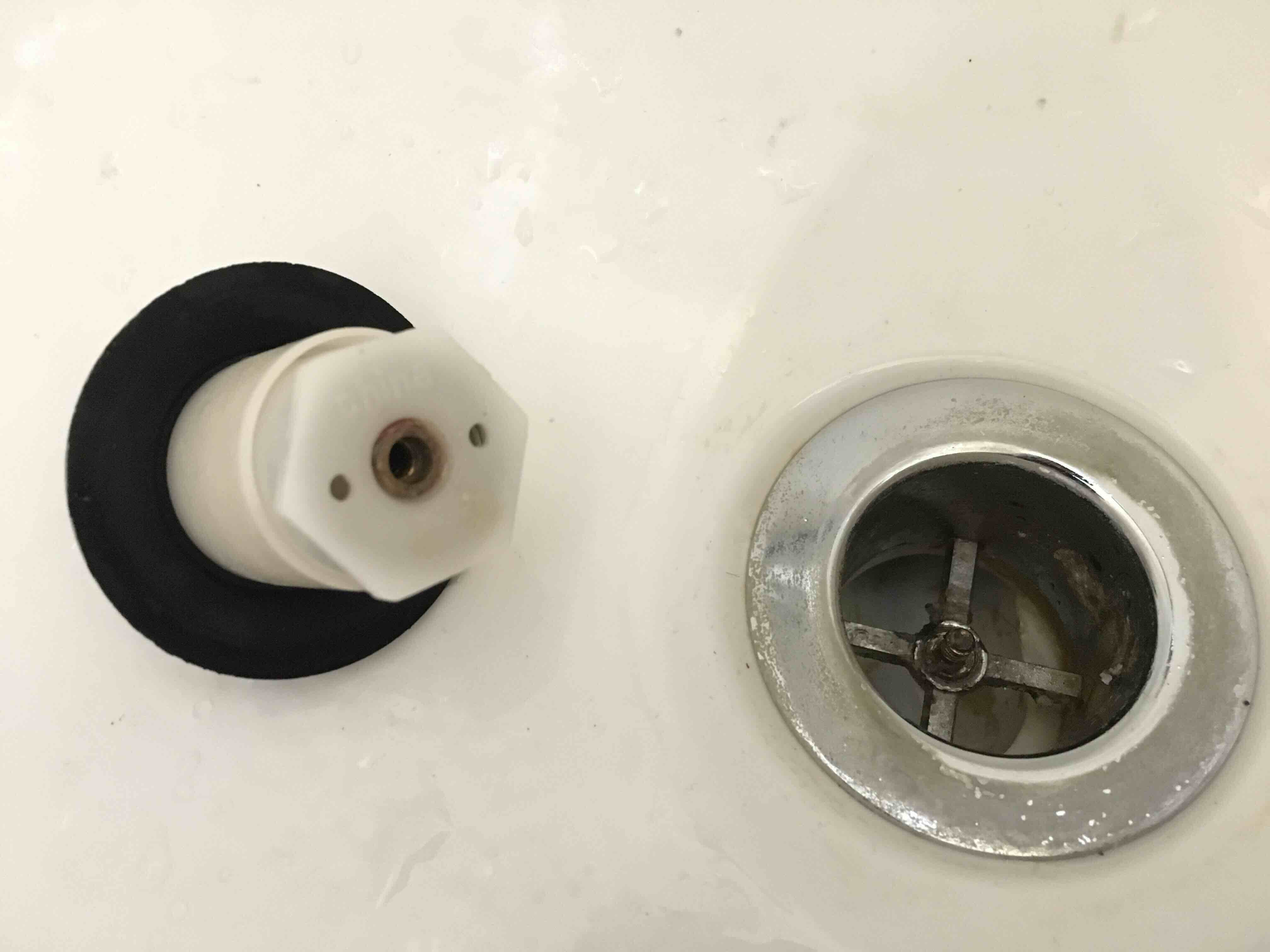
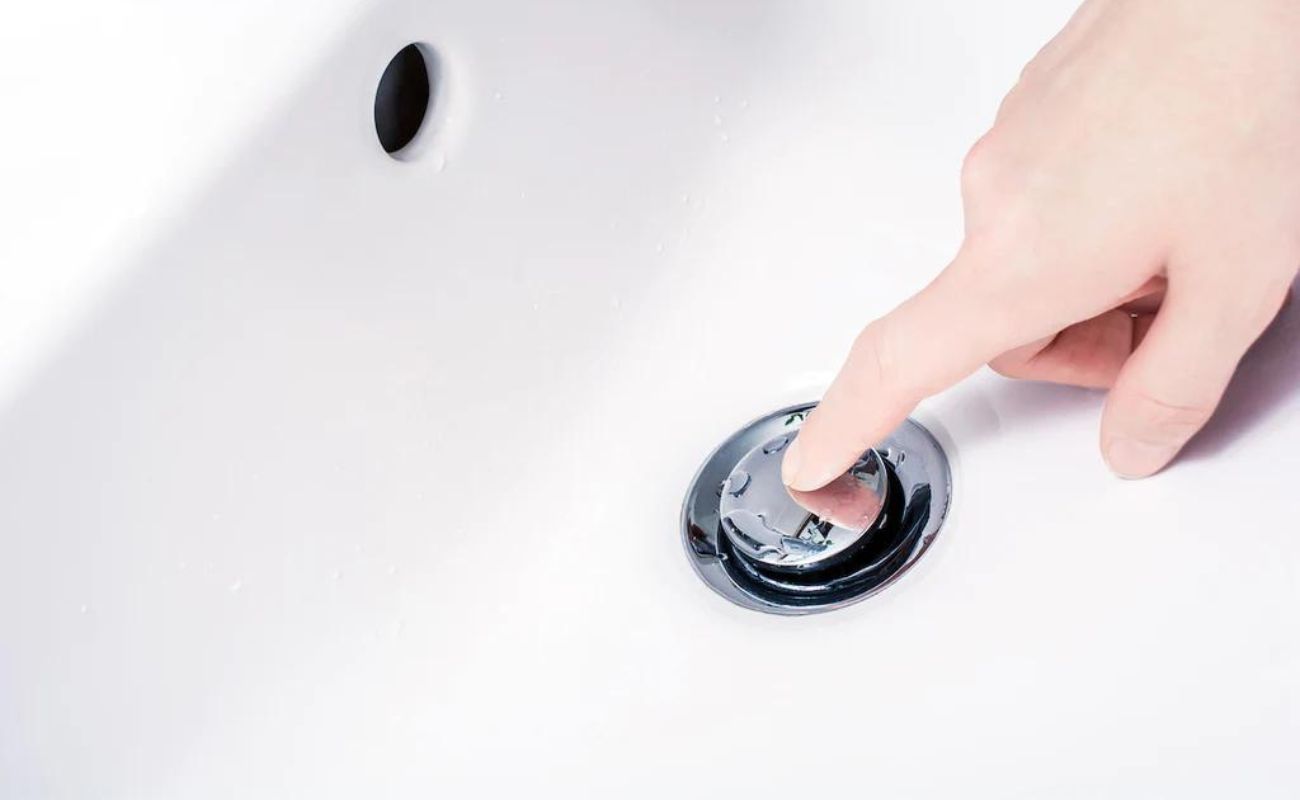
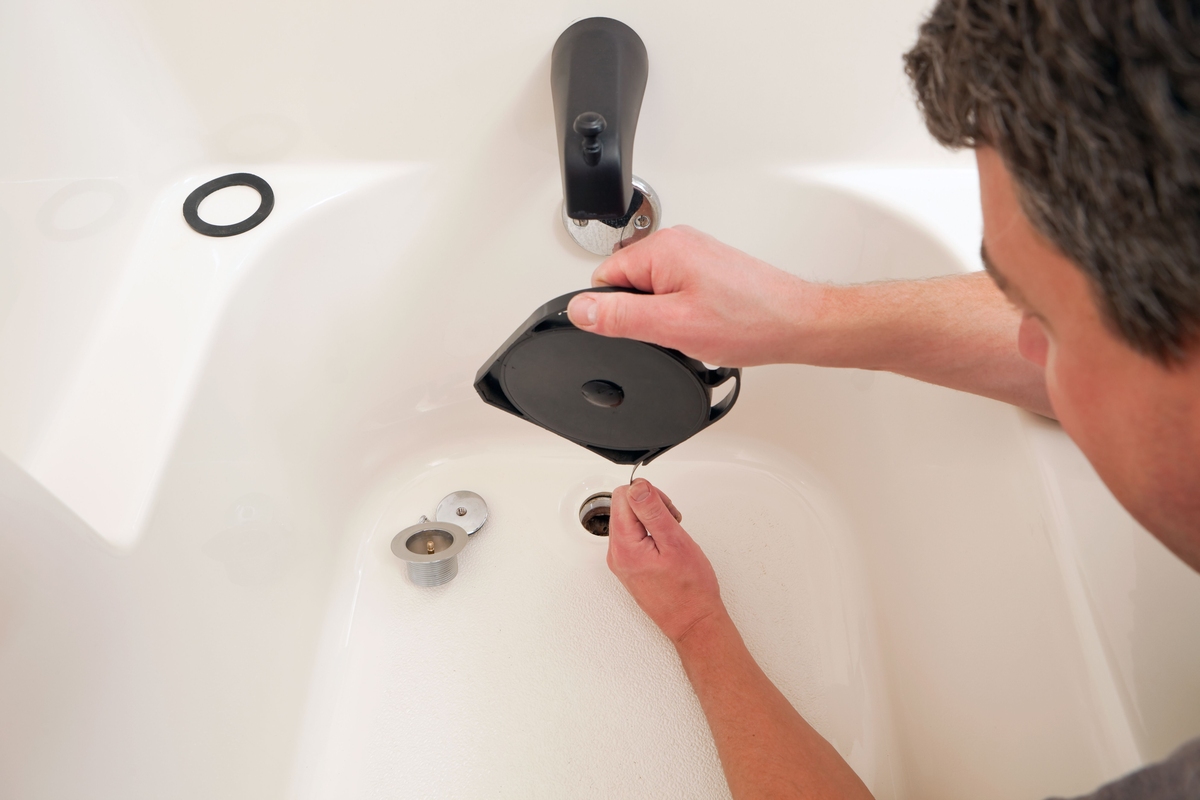
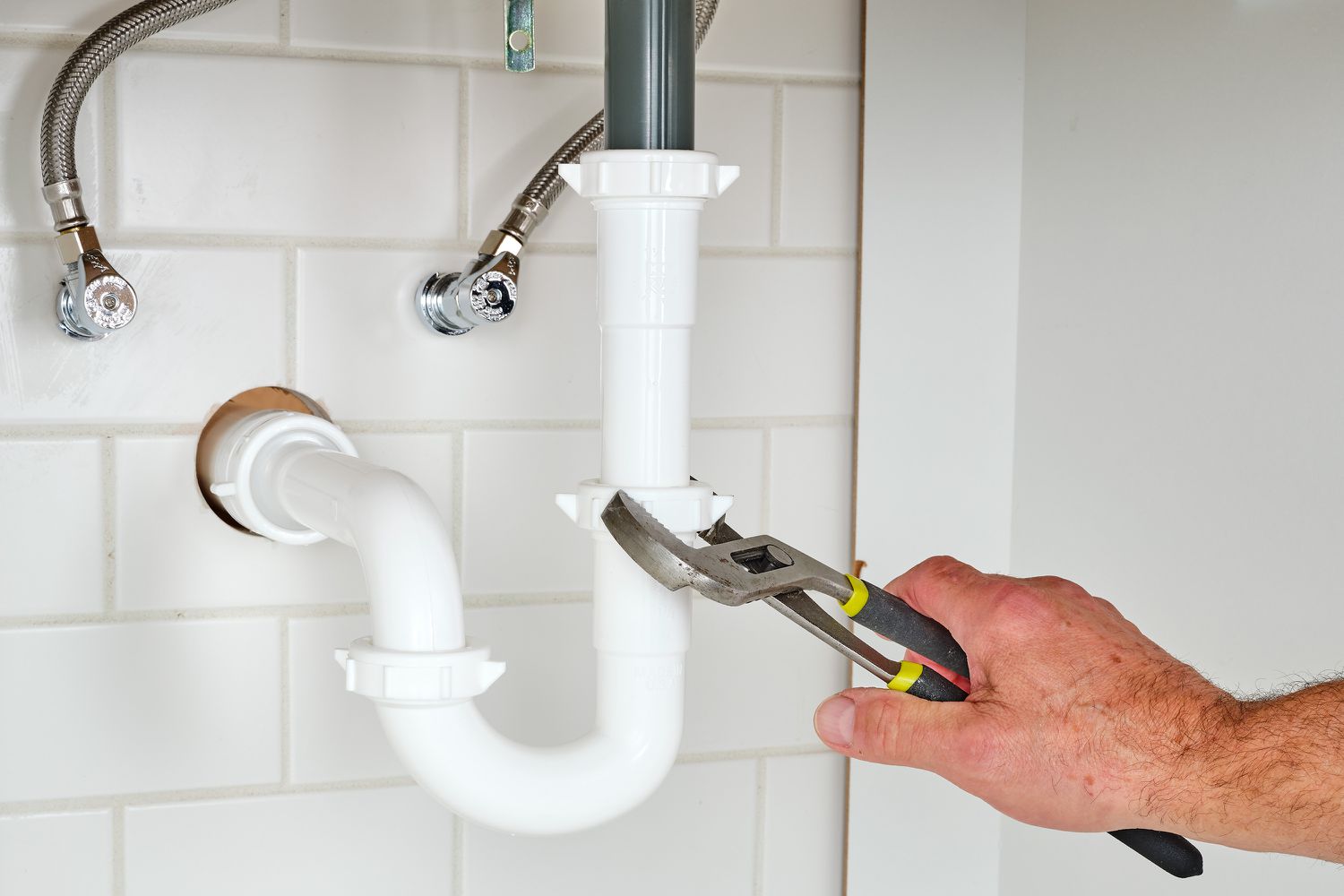
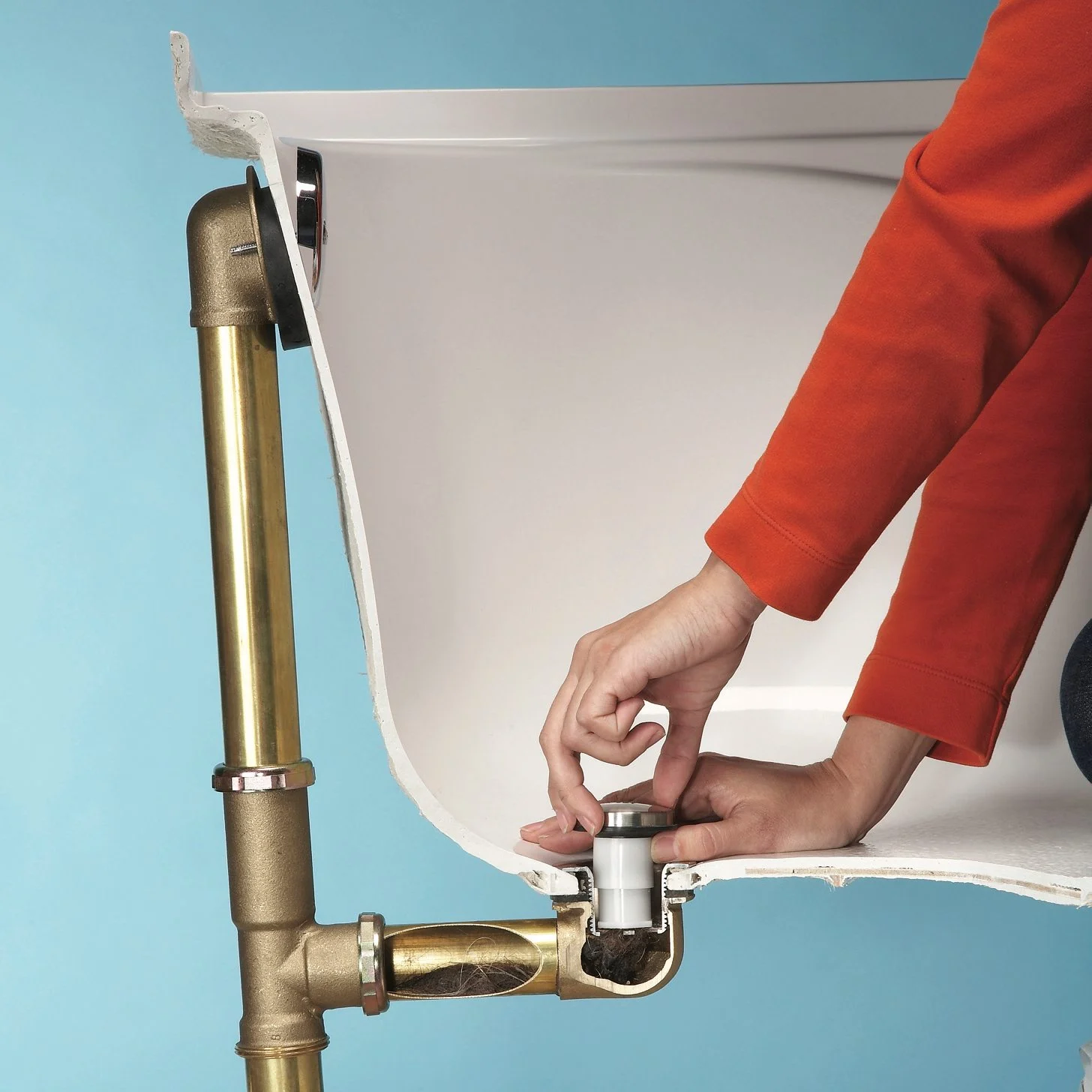
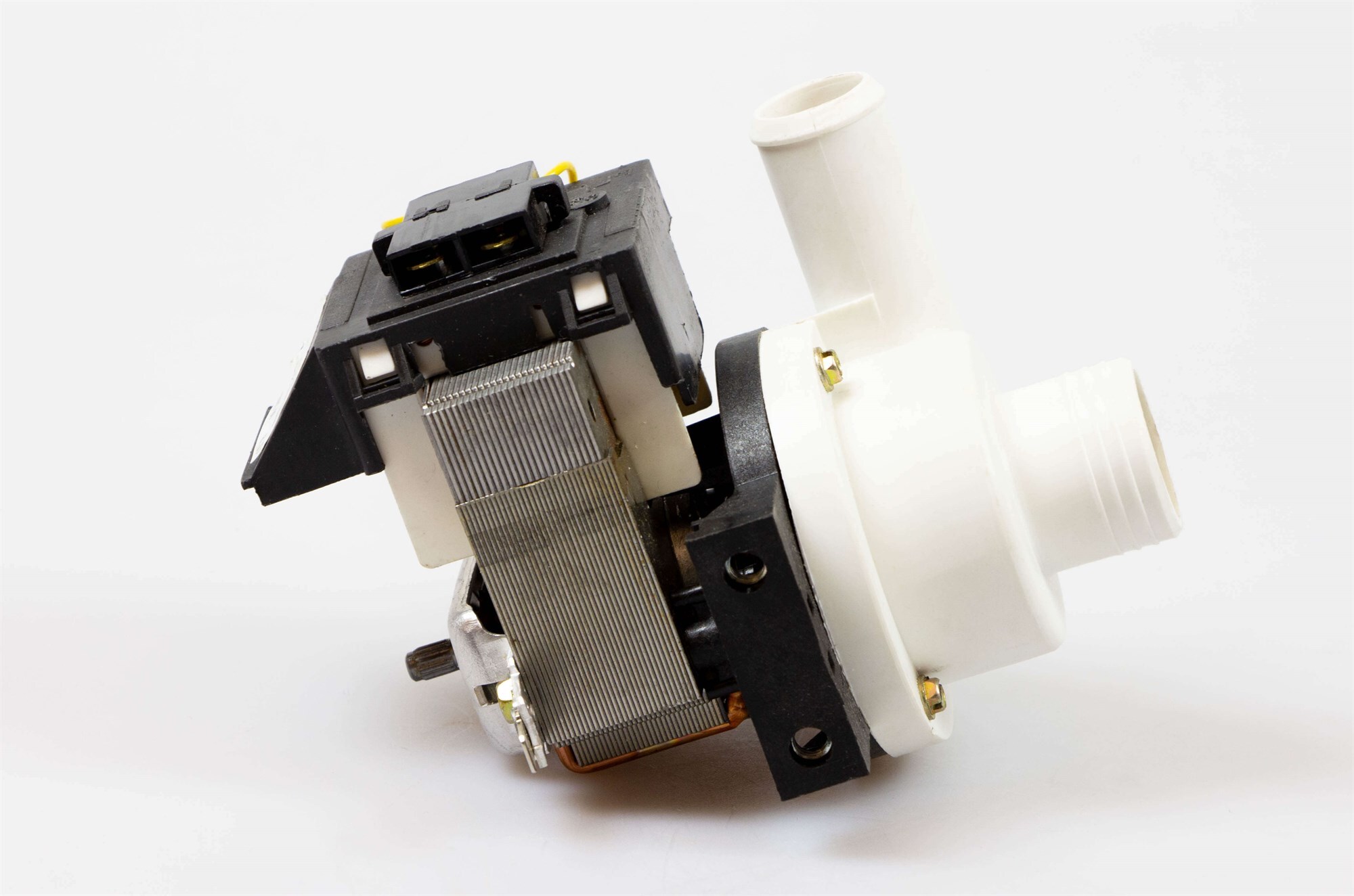
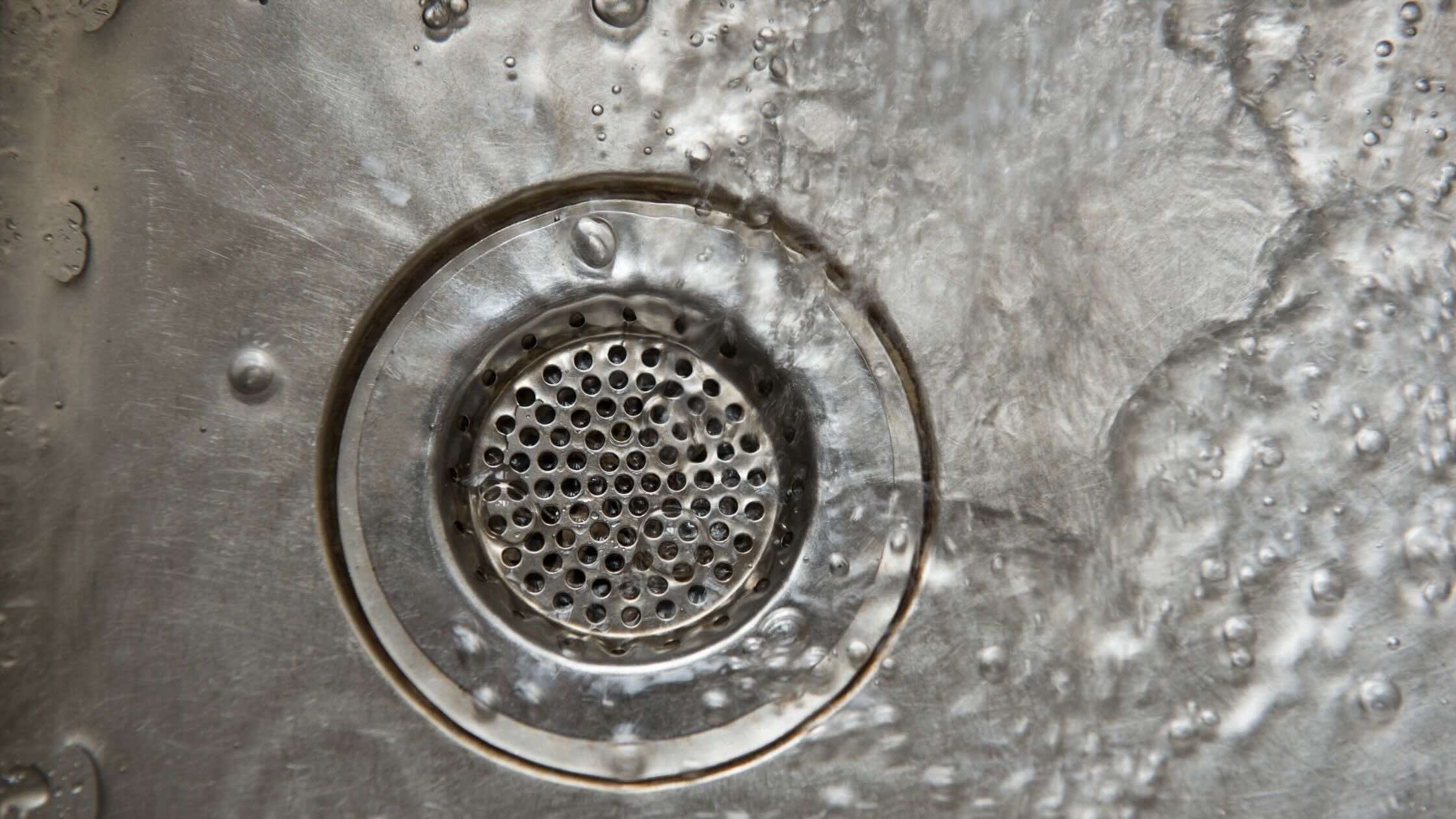
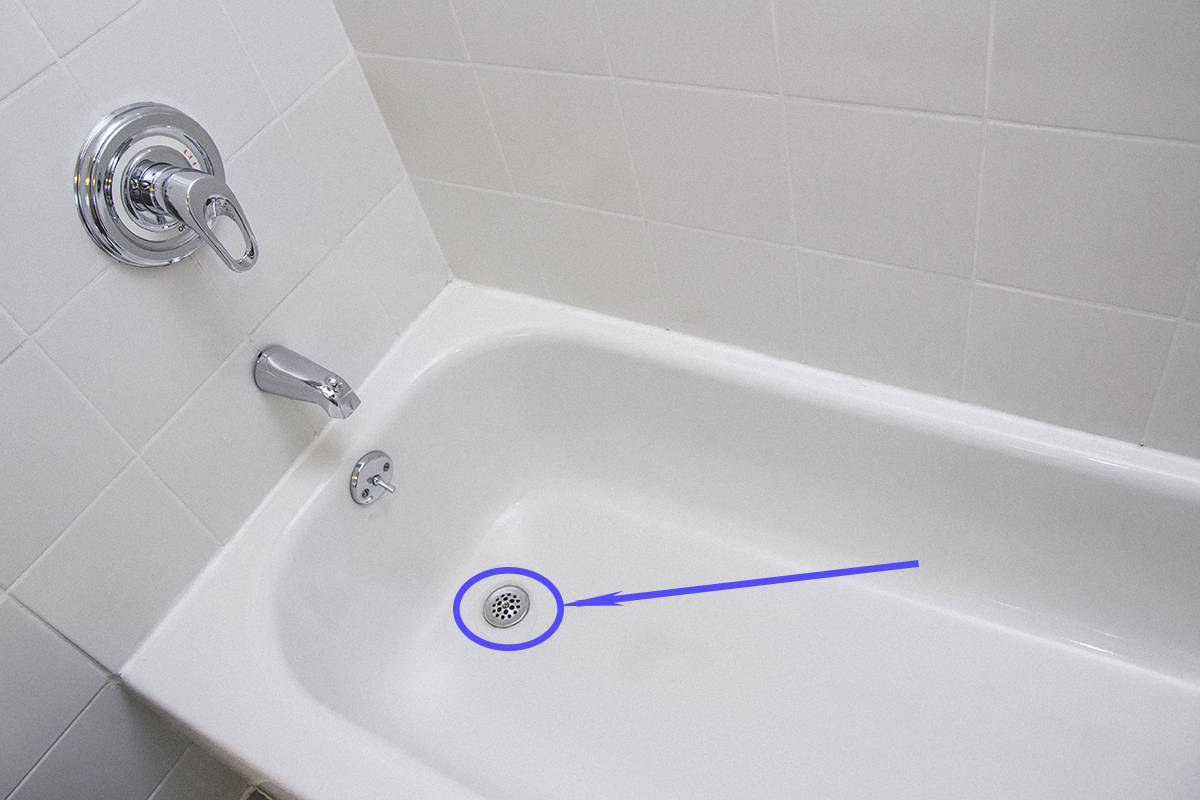
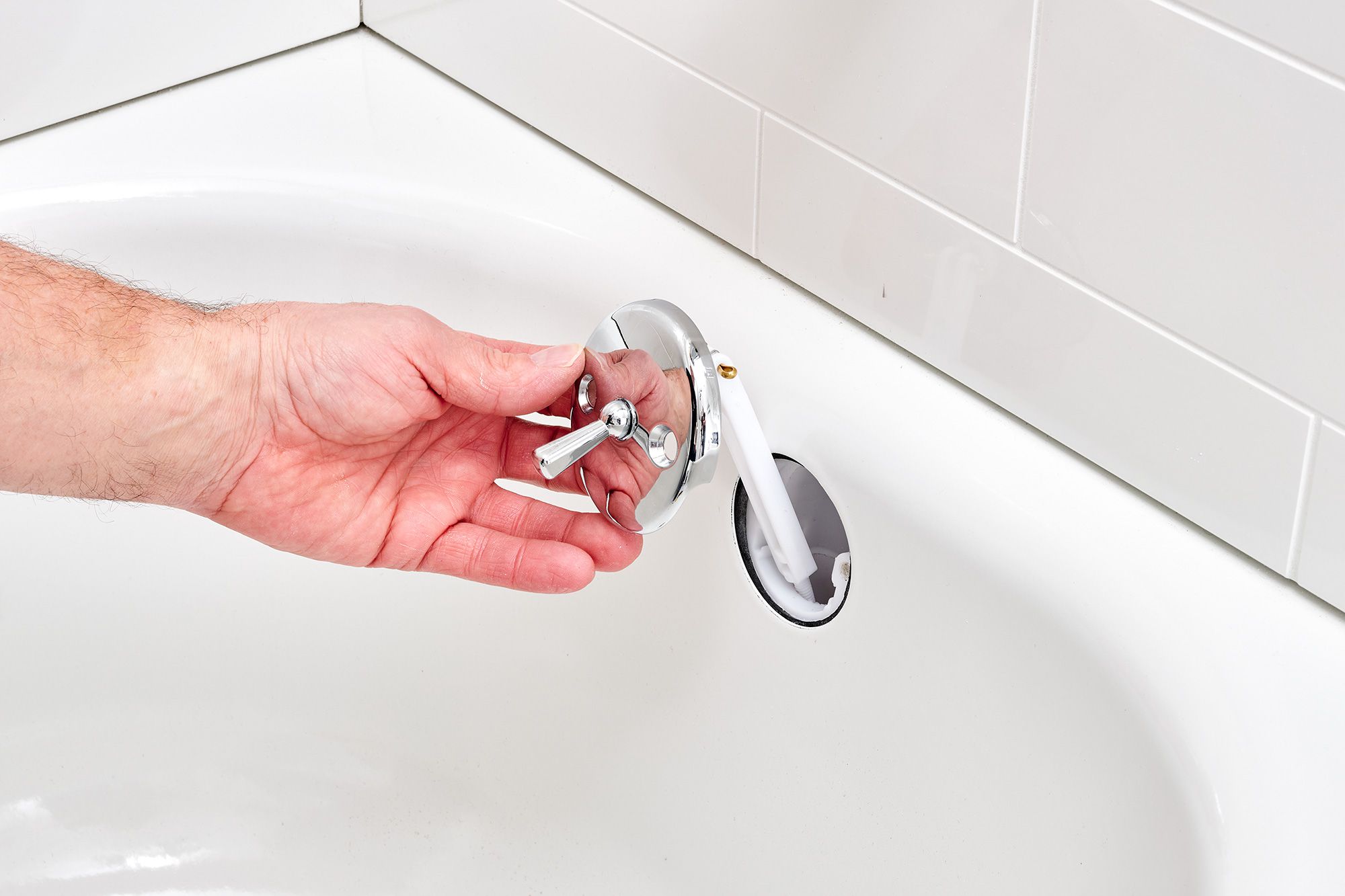
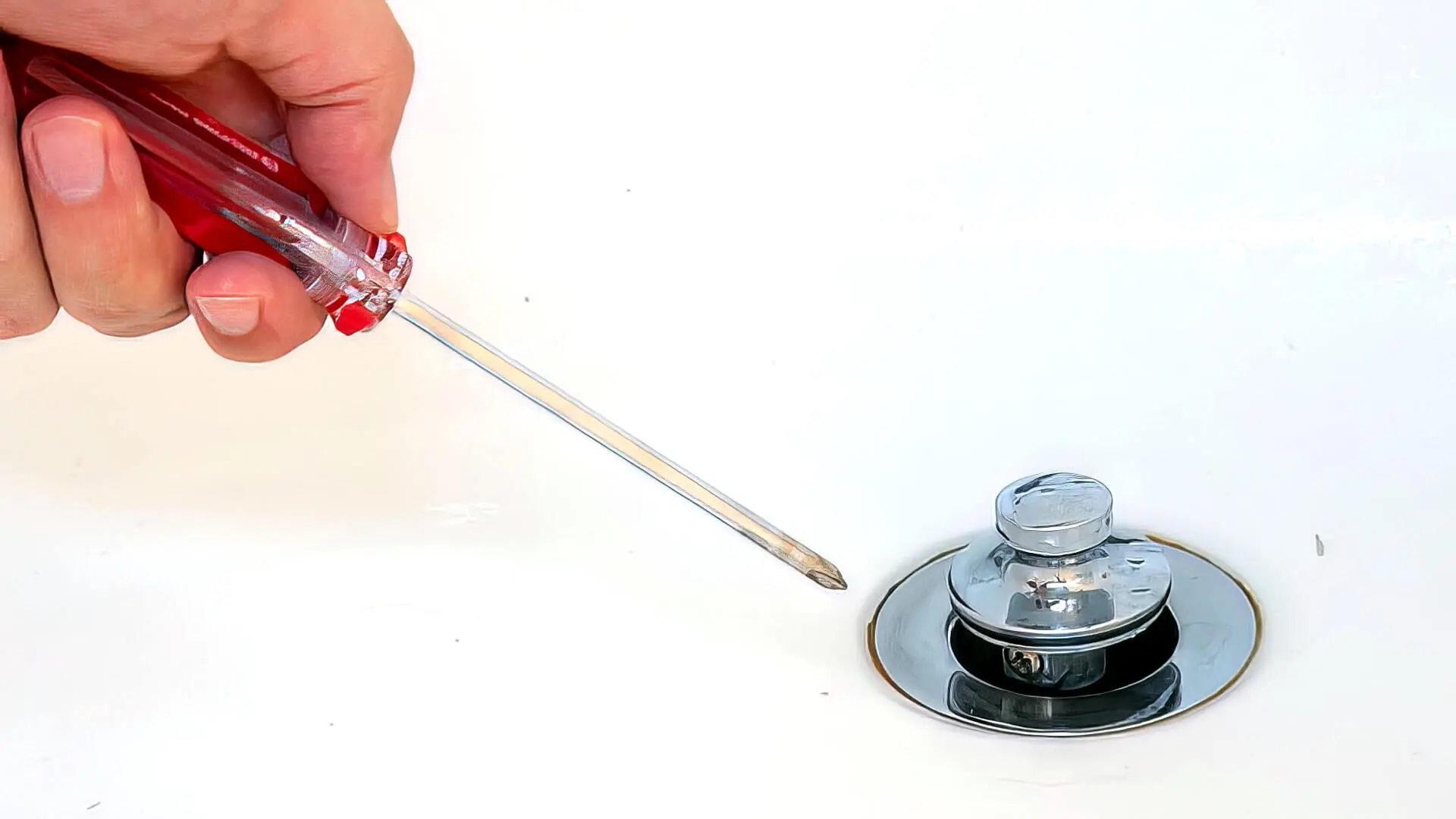
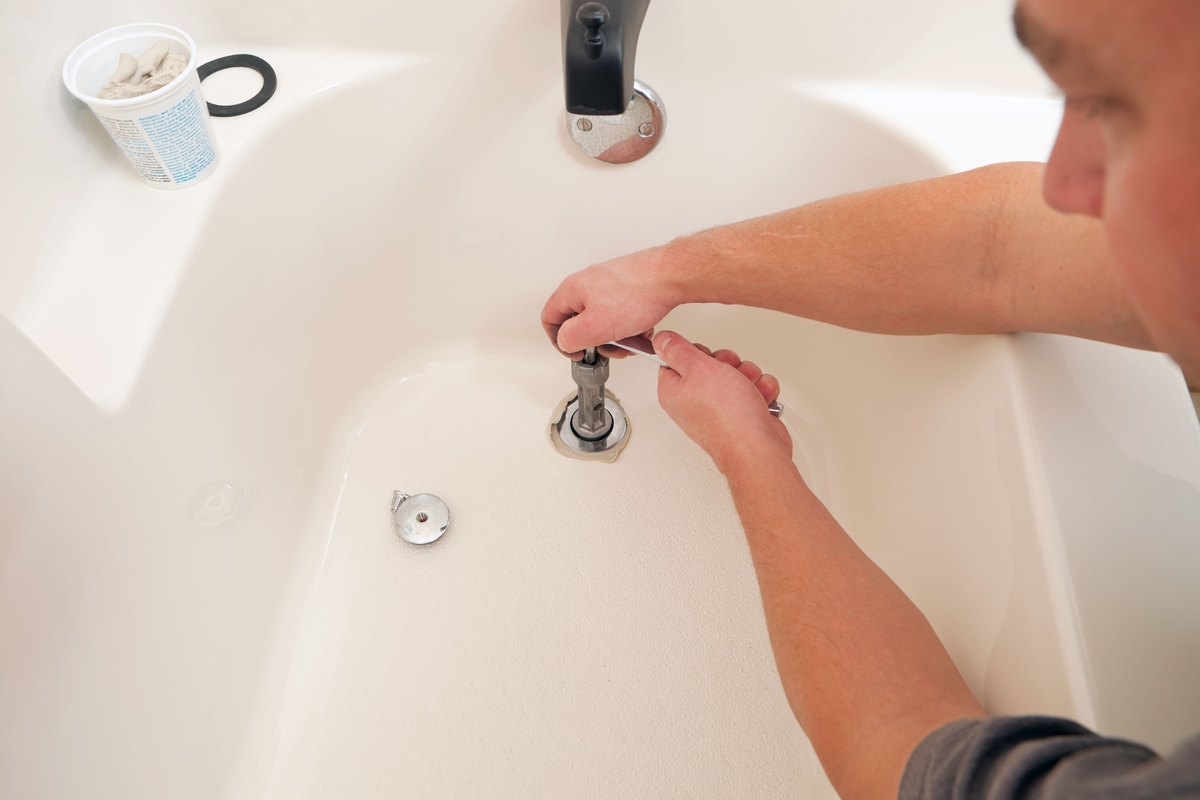

0 thoughts on “How Does A Bathtub Overflow Drain Work?”